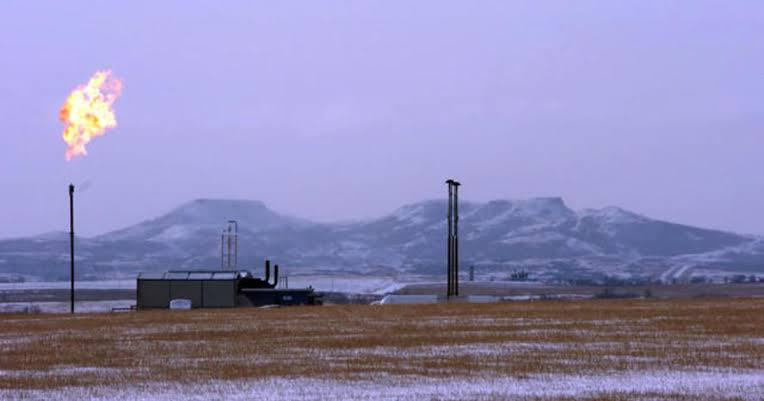The US Environmental Protection Agency (EPA) has decided to exclude the existing fleet of natural gas power plants from upcoming carbon emissions regulations, a move that could undermine the country’s ability to meet its climate goals.
Natural gas plants account for over 40% of the US power sector’s greenhouse gas emissions, according to the EPA’s latest figures, and are expected to surpass coal as the industry’s largest source of pollution in 2028, according to the Energy Information Administration.
The EPA had initially proposed to require large gas-fired plants to install carbon capture equipment by 2035, or co-fire with 30% hydrogen by 2032, as part of a broader plan to clean up the electricity industry, which is responsible for about a quarter of the nation’s emissions.
But after facing fierce opposition from the power industry and some environmental justice advocates, who argued that the plan could backfire by leading utilities to rely on smaller, dirtier plants that fall outside the regulation, the EPA announced last week that it would drop the existing gas plant rule and write a separate one later.
The agency said it made the decision because the original proposal focused only on large baseload plants, considered a limited range of technology options, and included separate analyses of different parts of the rule.
The EPA’s move has raised questions over how the US will achieve its ambitious climate targets, which include reducing greenhouse gas emissions by 50-52% below 2005 levels by 2030, and reaching net-zero emissions by 2050.
President Joe Biden has made climate change a top priority of his administration, rejoining the Paris Agreement, launching a clean energy and infrastructure plan, and hosting a global climate summit in April.
But experts say that cutting emissions from the power sector is crucial for the US to meet its goals, as it would enable the electrification of other sectors, such as transportation and buildings, that currently rely on fossil fuels.
Some researchers have estimated that the US would need to retire or retrofit all of its existing gas plants by 2035 to reach net-zero emissions by mid-century.
The EPA’s decision to delay the regulation of existing gas plants could also have implications for the global climate, as the US is the world’s second-largest emitter of greenhouse gases after China, and a major influence on other countries’ actions.
The US is expected to submit a more detailed plan of how it will achieve its 2030 target ahead of the UN climate conference in Glasgow in November, where world leaders will try to agree on more ambitious measures to limit global warming to 1.5 degrees Celsius above pre-industrial levels.
The EPA said it plans to finalize the rest of the power regulation, which covers coal and new gas plants, by spring, and to work on the separate rule for existing gas plants and other hazardous air pollutants afterward, but did not give a specific timeline.
The agency also said it would seek input from stakeholders and the public on how to best address the emissions from the existing gas fleet.
Some environmental groups have urged the EPA to act swiftly and use its authority under the Clean Air Act to set strong standards for existing gas plants, while also supporting the transition to renewable energy sources, such as wind and solar, that do not emit greenhouse gases.
They argue that natural gas is not a bridge fuel to a low-carbon future, but a roadblock that locks in more emissions, air pollution, and health impacts for decades.
Meanwhile, some power companies have said they are already investing in cleaner technologies and reducing their reliance on natural gas, in response to market forces and customer demand.
They have also called for a comprehensive federal policy that puts a price on carbon and creates incentives for innovation and deployment of low-carbon solutions.
The fate of the existing gas plants will likely depend on a combination of factors, including the EPA’s rulemaking process, the outcome of the congressional debate on Biden’s infrastructure plan, the evolution of energy markets and technologies, and the pressure from civil society and the international community.
The challenge for the US is to find a way to balance its energy needs, economic interests, and environmental commitments, while ensuring a just and equitable transition for workers and communities affected by the shift away from fossil fuels.
Source: Reuters



